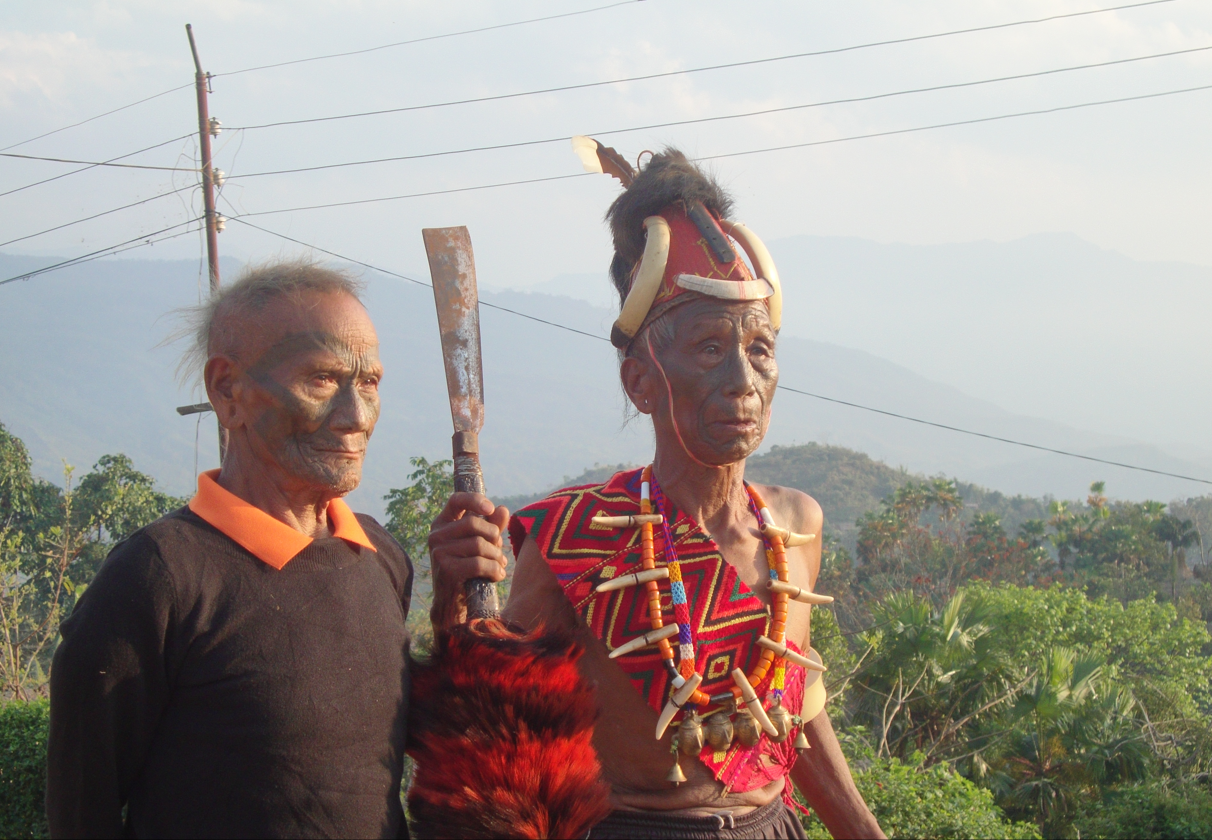By Nivi Shrivastava
There are some trips that you must take to understand the real meaning of life; and, my first visit to the wild, Nagaland was nothing less than a life-changing experience full of adventures that I couldn’t have imagined in my wildest dreams. From foraging in the wild forests for sweet berries and herbaceous greens to off-roading on rugged roads in the remotest villages of far North-East, one can never be fully prepared when in Nagaland. The unpredictable weather, rough terrains, and abundant nature in this State make it one of the most unique regions in the world in terms of biodiversity, and the local tribes and communities still practice the age-old traditions to keep it intact.
The Naga spring festival: My week-long journey begins when I land at the Dibrugarh (Assam) airport from Delhi on a rainy April morning, and together with Chef Vanshika Bhatia and Deepika Sethi of Omo Café we head towards the Mon District to kick start our Naga food exploration. Accompanied by our Naga hosts, Grace Muivah and Athan Zimik, we are here to experience the local food traditions and celebrate the Aoleang Monyü, an ancient spring festival celebrated by all Konyak tribes across the region. Aoleang is one of the main harvest festivals of Nagaland and involves a lot of feasting, dancing, singing, and traditional rituals. During the six-day festival, the entire community comes together to celebrate and offer thanks to their ancestors and deities for a successful harvest. “Giving a fascinating glimpse into the rich cultural heritage of Nagaland, this festival is a perfect occasion to explore the unique cuisine of the region that reflects the diverse cultural heritage of the Naga tribes,” mentions Chef Vanshika Bhatia, and highly recommends local smoked meat, and spicy chutneys that are prepared by families on this festive occasion.

An insight into the Konyak culture: Our first stop is the Tizit village, a small yet popular destination for nature lovers in Mon district of Nagaland. Surrounded by the scenic beauty of tea estates, secret waterfalls, and nature trails, the town is inhabited by the Konyak Naga tribe, who are known for their fierce warrior traditions and headhunting practices from the past. The much-feared tribal practices of headhunting were prevalent until the 1960s and were abolished after Christian missionaries took over. Some of the elderly Konyak men still have elaborate face tattoos, body art, and ear piercings, which signifies the number of killings and their conquests over other tribes. The community still takes pride in passing on their generational stories and legends through songs and verbal traditions during festivals and gatherings.

The Konyaks are also skilled artisans and are known for their woodcarving, beadwork, and weaving work. The traditional attire is particularly striking, with men wearing a loincloth made of animal hide and decorated with hair and feathers, and women wearing a skirt made of woven cotton or silk. Both men and women wear distinctive brass ornaments, such as necklaces, bracelets, and earrings, and tattooing is also a common practice. Keeping the warrior traditions alive, in every household one can still find rifles and handmade weapons that are displayed with pride along with preserved animal skulls and wooden masks that depict traditional folklore.
Cooking for the community: Often misunderstood for their ancient ways, the Konyaks are in fact one most peaceful and generous people, who enjoy community living and believe in sharing their food with other families. In the far East village of Chenwetnyu, we get to meet the local millet and coffee farmers, who not only invite us to their farms but also acquaint us with their traditional cooking techniques. The first thing we learn, when a Naga host invites you home as a friend, they seat you in their kitchen where everyone cooks together and chats informally while preparing a delicious spread. Everyone eats by hand, on bio-degradable plates, and surprisingly, nothing is made using refined oil. Every homemade dish is steamed, boiled, or cooked in natural fat, without adding strong spices or sugar. No wonder the locals live a long, healthy life without obesity and other lifestyle disorders!
The use of local ingredients and traditional cooking methods gives Konyak cuisine a distinct flavor and character. While many delicious Naga dishes are famous, a few items like smoked pork over a wood fire, fish curry, sticky rice, rice dumplings, and rice pancakes are quite popular staples. A popular ingredient in Naga cuisine is bamboo shoot, which is used in a variety of dishes such as stews, curries, and pickles. They are also famous for the Naga chili sauce made from ‘Raja Mircha’ aka the Bhoot Jolokia or the Ghost pepper, which is known for its fiery taste. Axone, the fermented soybean paste used as a base for many Naga dishes, is another favourite ingredient with a strong, pungent aroma and adds a distinctive flavour to the food.
Local love: The Nagas also love their vegetarian flavorful stews and curries made of bamboo shoots, pumpkin, and gourds. Boiled vegetables, such as yam, potatoes, and sweet potatoes, are also very common and served with spicy chutneys made from local ingredients like chili peppers, garlic, and white ginger. To finish the hearty meal, they serve freshly picked wild berries and fruits or a cup of black tea and coffee for a perfect finish. The fermented cooked rice with yeast is often served as homemade beer and served during festivals and celebrations.
The Naga philosophy of life is simple – make use of everything without any waste, and return it to nature without spoiling the ecosystem. Everything about their culture and food habits is derived from the basic principles of sustainable living – from their bamboo furniture and kitchenware, wood and bamboo homes, clay pots, foraged plants and fresh catch, homegrown produce, and preserved meats, everything is used to its maximum potential without harming the nature.
(The writer is a Delhi-based journalist who writes on travel and culture. You can reach her at [email protected] )





